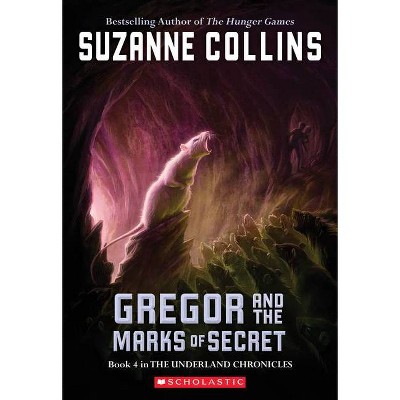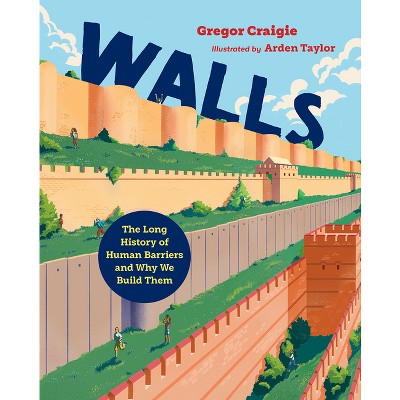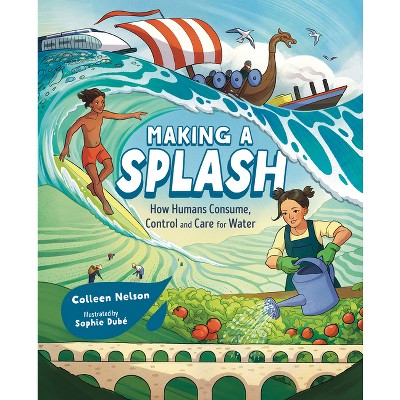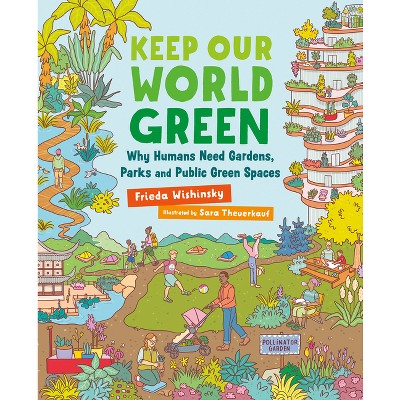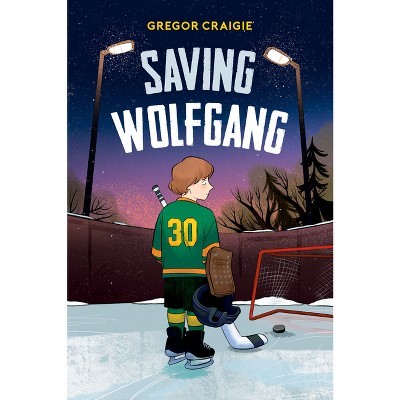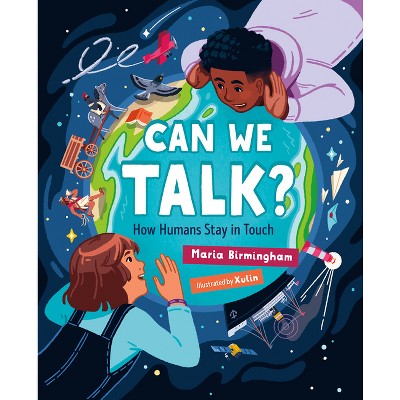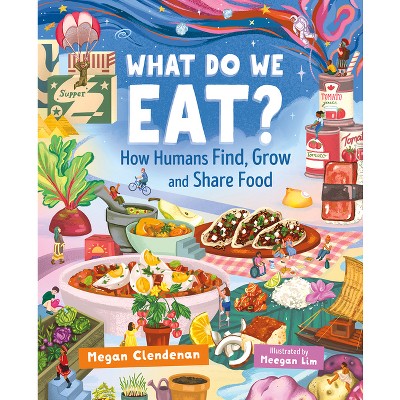Why Humans Build Up - (Orca Timeline) by Gregor Craigie (Hardcover)

About this item
Highlights
- ★"This great STEAM offering has multiple applications and will be useful for report writers and aspiring architects alike.
- 9-12 Years
- 11.2" x 9.0" Hardcover
- 96 Pages
- Juvenile Nonfiction, Architecture
- Series Name: Orca Timeline
Description
About the Book
Part of the nonfiction Orca Timeline series, with photographs and illustrations throughout. This book explores why and how people have constructed taller and taller buildings over the course of human history.Book Synopsis
★"This great STEAM offering has multiple applications and will be useful for report writers and aspiring architects alike."--Booklist, starred review
★"Finely detailed inside and outside...Broad in scope, perceptively organized, and enriched with fascinating entries."--Kirkus Reviews, starred review
Why did they build it so high?
People have been constructing tall buildings for thousands of years, for many different reasons. Castle walls kept people safe. Utility towers transmit TV and cell-phone signals. Observatories give people a bird's-eye view of the world. Beautiful buildings stand out in the crowd. Skyscrapers provide housing for a lot of people. There are some good reasons for building up, and a few bad ones as well.
With a growing global population, we will need more and more space to live, learn and work in. But what does that mean for the health of the planet? Can we do it sustainably? Tall buildings may be part of the answer. From the Great Pyramids of Giza and the Leaning Tower of Pisa to the Burj Khalifa and the Shanghai Tower, Why Humans Build Up asks why and how we build higher and higher, and what that means for the planet.
The epub edition of this title is fully accessible.
Review Quotes
"An inquisitive look into the history of building structures toward the sky in cities all around the world. Gregor Craigie sparks intrigue by providing clear, concise facts about famous tall structures that will leave students wondering and wanting to know more."
-- "BC Books for Schools""Thoughtful and appealing...A worthwhile and welcome addition to all library and individual connections."-- "Canadian Children's Book Centre (CCBC) Canadian Children's Book News"
"Full of fun and interesting facts. It will hook readers, especially aspiring engineers."-- "Time for Kids"
"Readers can capture the excitement and awe of humanity's engineering prowess...Be inspired to see what the future holds in 'building up'."-- "Children's Literature"
★"This great STEAM offering has multiple applications and will be useful for report writers and aspiring architects alike."-- "Booklist, starred review"
"Recommended as an asset for both school and public libraries. Students who are -fascinated by history and architecture will especially enjoy this book."-- "School Library Journal"
"One of the best of the genre of non-fiction books written to engage and educate readers of all ages...Fu's colourful drawings add just the right touch of humour to prevent the text from becoming overwhelming...The right book at the right time for critical thinkers of all ages. Highly Recommended."-- "CM: Canadian Review of Materials"
★ "Finely detailed inside and outside...Broad in scope, perceptively organized, and enriched with fascinating entries."-- "Kirkus Reviews, starred review"
About the Author
Gregor Craigie is a writer and journalist. He wakes up at 3:45 every weekday morning to talk on CBC Radio in Victoria, British Columbia. Despite the early hours, Gregor loves his job because he gets to ask questions and write for a living. Before his current job at the Canadian Broadcasting Corporation, he worked for the BBC World Service in London and traveled to several different countries, telling stories for radio listeners. Why Humans Build Up is his first book for kids.
Kathleen Fu is a Canadian illustrator based in Toronto with a background in fine art, architecture and urban design. She is a graduate of the University of Waterloo School of Architecture and her current work is heavily inspired by her time studying architecture, city life and storytelling. She enjoys creating intricate illustrations with a Where's Waldo-esque style, injecting each piece with as many unique characters and different shapes as possible. Her work has been published in the New York Times, Reader's Digest, the Globe and Mail, The Walrus and many other publications.
